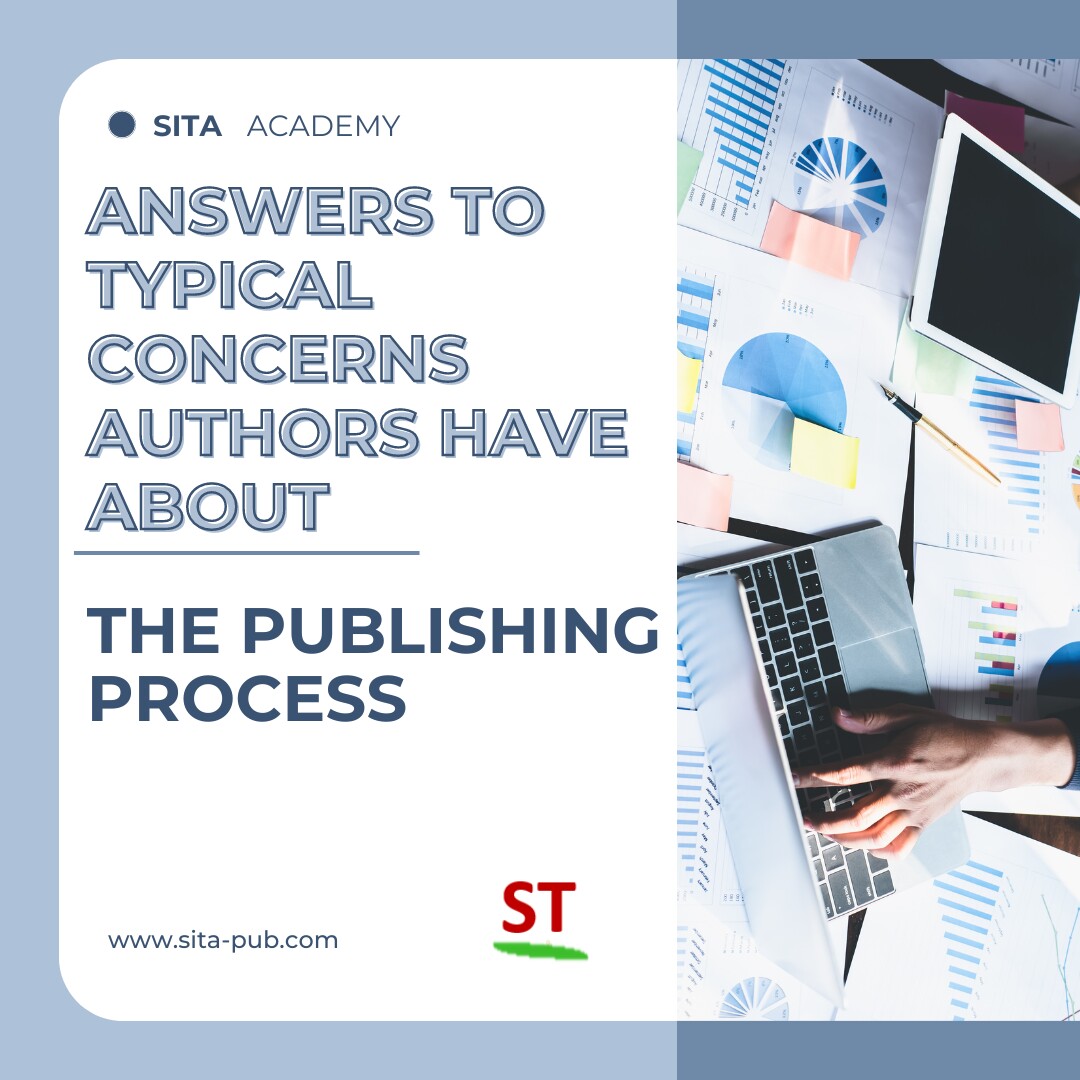Answers to Typical Concerns Authors Have About the Publishing Process


Publishing a manuscript can be a daunting journey for many authors, especially those new to the process. Here, we address some common concerns authors often face, providing clarity and guidance to navigate the publishing landscape.
One of the primary concerns for authors is understanding the entire publishing process. It typically involves several key stages: journal selection, formatting, submission, peer review, revisions, acceptance, and publication.

Tip: Create a timeline that outlines each step, including deadlines for revisions and submission dates, to keep yourself organized.
Selecting the right journal can be overwhelming. Authors often worry about whether their work is suitable for a specific publication and how to evaluate journal quality.
Solution: Research potential journals thoroughly. Look for those that publish work similar to yours. Check the journal’s impact factor, readership, and submission guidelines.
Tips for Selection:
Read Recent Issues: Familiarize yourself with the types of articles published.
Check Open Access Options: Decide if you want your work to be freely accessible.
Evaluate Journal Metrics: Look for the impact factor and citation rates to gauge visibility.
Once you’ve selected a journal, the next step is formatting your manuscript according to their specific guidelines. Each journal has unique requirements regarding structure, citation style, and length.
Tips for Formatting:
Download Templates: Many journals provide templates that simplify the formatting process.
Create a Checklist: Ensure you include all required elements, such as title pages, abstracts, and keywords.
Use Reference Management Software: Tools like EndNote or Mendeley can help manage citations and format references correctly, but it's important to note that EndNote typically requires a paid subscription, while Mendeley offers a free version with limited features, along with paid plans for additional storage and functionalities.
After formatting, prepare your manuscript for submission. This typically involves creating an account on the journal’s submission platform and uploading required documents.
Tips for Submission:
Double-Check Everything: Ensure all files are correctly formatted and named.
Write a Compelling Cover Letter: Introduce your work, explaining its significance and why it fits the journal’s scope.
Submit Early: Don’t wait until the last minute to submit; it allows time to address any unforeseen issues.
After submission, your manuscript will undergo peer review. This process involves sending your work to experts in your field who will evaluate its quality and relevance. Authors may worry about receiving critical feedback or the potential for rejection.
Clarification: The peer review process typically takes weeks or even months. Expect constructive criticism aimed at improving your work.
Tips for the Peer Review Stage:
Be Patient: The review process can take time.
Stay Open to Feedback: Reviewers may provide constructive criticism that can improve your manuscript.
Prepare for Revisions: Most manuscripts require adjustments based on reviewer comments.
If your manuscript is returned with requests for revisions, take the feedback seriously. This stage is crucial for improving your work and increasing its chances of acceptance.
Tips for Revising:
Create a Response Document: Address each comment from reviewers systematically.
Be Thorough: Show that you’ve made significant changes or provide justifications for any suggestions you chose not to implement.
Seek Feedback: Consider having colleagues review your revisions before resubmission.
Once revisions are complete, your manuscript may be accepted for publication. This is an exciting milestone, but there may still be a few steps left.
Tips for the Acceptance Stage:
Review the Acceptance Letter: Carefully read any instructions regarding final edits or proofs.
Understand Copyright Issues: Be aware of copyright transfer agreements and your rights as an author.
Prepare for Post-Acceptance Tasks: You may need to submit final files or complete additional forms.
The publication process culminates in the final release of your work. This may involve online publication first, followed by print.
Tips for the Publication Stage:
Promote Your Work: Once published, share your research through social media, academic networks, and personal contacts.
Engage with Readers: Respond to inquiries or discussions that arise from your publication.
Monitor Impact: Use tools like Google Scholar to track citations and engagement with your work.
Rejection is a common part of the publishing journey, but it can still be disheartening. Authors often worry about how to cope with rejection and whether it reflects the quality of their work.

Solution: Understand that rejection is not uncommon; even seasoned authors face it. Use rejection as a learning experience. Review the feedback provided and revise your manuscript accordingly.
Tip: Consider submitting your work to another journal that may be a better fit, or take time to refine your manuscript based on the feedback received.
Concerns about copyright and permissions can arise, especially regarding the use of third-party materials such as images, tables, or lengthy quotations. Authors must ensure they have the right to use such materials in their publication.

Solution: Familiarize yourself with copyright laws and the permissions process. If you use third-party content, obtain necessary permissions before submission.
Tip: Consider using Creative Commons licensed materials when appropriate, as they often allow for easier reuse.

Ready to advance your publishing journey? SITA Academy offers a range of services, including native English editing, paraphrasing, plagiarism checking, formatting your paper, and submission assistance with continuous follow-up. Let us handle the technical details so you can focus on your research. Join SITA Academy today and turn your publishing goals into reality!
Why Choose SITA Academy?

Team of human professionals

Quality Assurance

Timely delivery

Satisfaction guarantee
If you have any questions, inquiries, or would like to learn more about our services, please don't hesitate to reach out to us. Our dedicated team is ready to assist you.